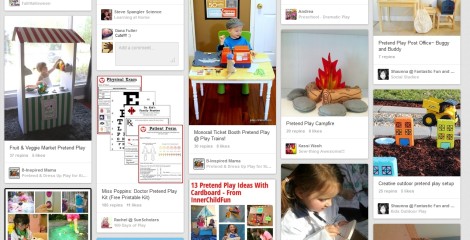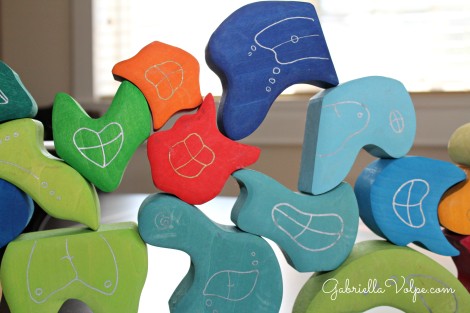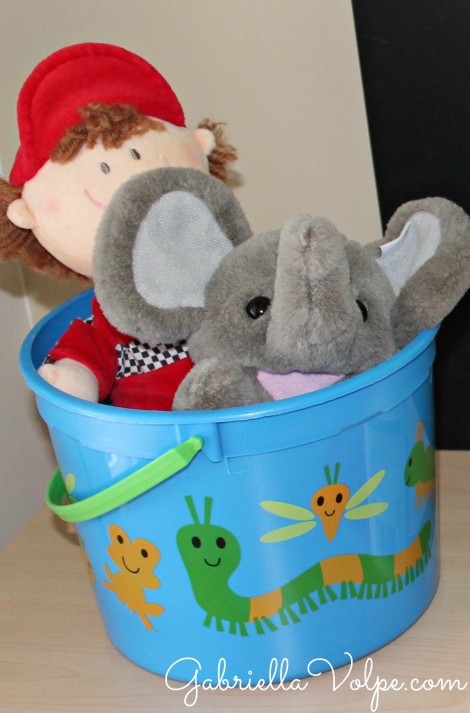This article is part of the 31 Days of Pinterest Hacks series. Find the main page for this series here.
The ideas for imaginative play found on Pinterest are not only stunning, but they’re limitless. This post explains why imaginative play may be challenging for some children and will give you tips to help them get there.

You will never run out of ideas for pretend play on Pinterest. Don’t let them discourage you, however.
Why pretend play may be a challenge for neurodivergent and disabled children
- If a child is not engaging in imaginary play, they are not developmentally at this stage of play yet.
- Since pretend play contains a social component (even if playing alone), children requiring support in social situations may not easily engage in this type of play.
- Children with cognitive delays may not know what to do with certain toys unless shown.
- Children requiring support with language may not have the words to use during pretend play.
Suggestions for adaptations/modifications for imaginary play
Play is huge for all types of development: language, fine and gross motor, cognitive, etc. Just because you think a child can’t play a particular toy/game does not mean they eventually won’t. It also doesn’t mean you should wait around until they do. There are things you can do to build a child up to the imaginative play stage.
It’s possible that a child won’t ever be able to engage in pretend play the way other children do. However, I encourage you to keep modelling pretend play just the same. There is so much learning going on with play; you don’t ever want to underestimate the growth that occurs from observing. Kindergarten classrooms wouldn’t include playtime in their program if it wasn’t an integral element of learning.
- Know which stage of play the child is at. The four main stages are sensory play (child explores a rattle), functional play (child realizes if they push a button, the toy does something), problem-solving (puzzles, construction toys) and pretend play (recreating experiences). If the child is in the functional play stage, you know you’ll need to introduce puzzles and shape sorters before expecting them to engage in fantasy play.
- Let the child observe you in your daily activities. Too often, we keep kids occupied while tackling daily chores. It’s true that, for safety reasons, it’s not possible to always have a child around. Sometimes, there are time constraints. As much as possible, have the child around to take in what you’re doing. Talk aloud as you do: “I’ll set the table. I need four dishes, four forks, and four glasses.” The goal is to eventually have the child imitate you during play. Observations don’t have to be for the duration of your meal prep. Five minutes daily can make a huge difference over time.
- Offer a variety of open-ended toys. While light-up, push-buttons toys are great for fine motor development, they don’t do much for language and imaginative play since the toys tend to do all the talking for a child. A plastic or wooden dish set at a small table is a simple invitation to get the child to imitate you setting the table. If the child isn’t standing or walking, you can bring the toys to them and repeat your routine together at their usual seat. This series has a detailed article on toy suggestions for neurodivergent and disabled children.

Irregular-shaped blocks make for great open-ended toys. They could be bridges with a car set, chairs and tables for a doll house, a gnome village, etc.

Puppets, stuffed toys, and dolls are all open-ended toys that spark the imagination, but also get language going through play.
- Have a dress-up box. It doesn’t have to be elaborate. A couple of silk scarves and a few old hats are perfect. Even if the child doesn’t use them for dress-up play, have them ready for the tip below.
- Model. You don’t have to do it for long, but do take some time to play with the child. It’s the best way to model what one does with a dish set and those scarves. Model the words to use as well: “Set table,” “Four dishes,” or “Mmmm, eat!”
- Don’t be afraid to get silly. The best interactions happen in silly moments because the unexpected captures the child’s attention. The other day, I took a pair of my son’s jeans I was folding and put it over my head like a hat. I had never done that before and didn’t know how he’d react or if he’d even notice that it’s not an expected thing to do. I got a giggle out of my little guy that had me laughing, too! “Silly Mama!” I repeated. I repeat that phrase each time I do something out of the ordinary. When we play, I model the use of “silly” when his toys do something unusual.
What is your best tip for adaptations for play?
Are you enjoying the ideas in this series? We can get more in-depth in a one-on-one consultation!

0 Comments